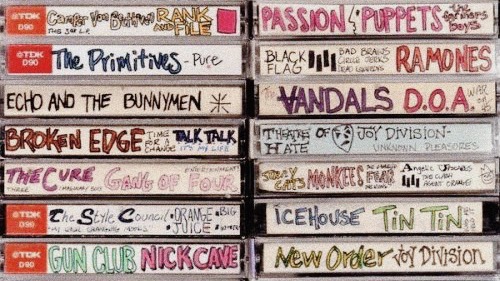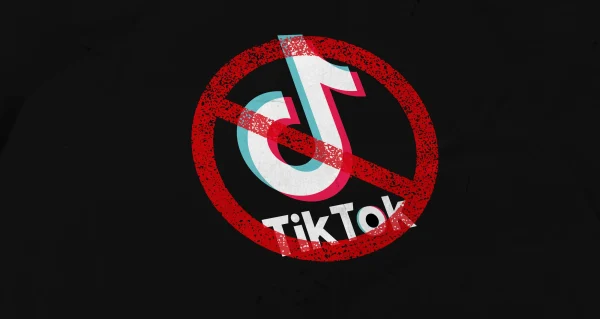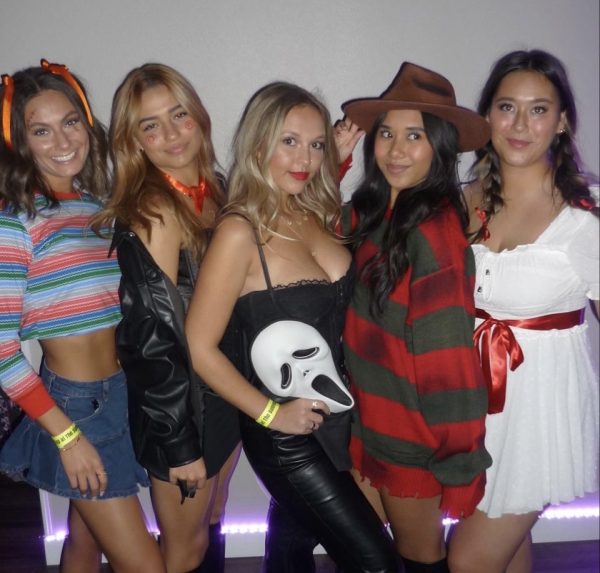The Golden Thirty-Year Rule

February 27, 2019
If you only listen to pop music on the radio, you may be a bit behind on Generation Y and Z’s new favorite aesthetic: vintage. Not only are teens of today pin-rolling their mom jeans and taking grainy photos, but they’re also both listening to and producing songs that are nearly identical to ’60s psychedelia, ’70s disco, ’80s new wave and ’90s grunge.
While most of these artists remain within their own little underground scenes due to the majority of teens favoring pop and rap over indie, some have managed to become mainstream. Bands such as the Arctic Monkeys and Tame Impala have achieved stardom after over a decade of laying low, both respectively having headlined festivals such as Lollapalooza and Coachella in years past.
In an interview, Kevin Parker—the man behind Tame Impala—cited his influences: “I remember listening to Smooth Criminal and just thinking it was one of the coolest things ever. I must have been five or six at the time . . . It wasn’t until I was 20 . . . that I started listening to psych rock. The album that got me really into it was Disraeli Gears. I loved that rumbling, fuzzed-out sound.”
The alternative craze has no sign of stopping, either. Many groups have been creating music reminiscent of past decades since the early 2010s, but it wasn’t until summer of 2017 that influence from both celebrities and the perennial “nostalgia cycle” caused it to pick up speed.
This series of events also took place in the 1980s, when culture and music from the 1950s meshed with modern fashion and songs. An example of this “Golden Thirty-Year Rule” could be of when Queen released “Crazy Little Thing Called Love”, which clearly replicates Elvis Presley’s unique style of rockabilly from 30 years prior.
What do older generations think about their music returning? Some may enjoy the nostalgic sounds, but others aren’t very enthusiastic about their music being appropriated. I decided to interview the person who introduced me to the extraordinarily mystifying world of new wave: my father.
If it weren’t for my dad, I wouldn’t have been essentially blessed with some truly awesome songs by groups such as A Flock Of Seagulls, New Order and The Cure. Furthermore, I wouldn’t have delved deeper and discovered great bands from other decades, such as Cream, Queen and Sublime.
I decided to ask what he thought about the reemergence of older genres, and his answer had surprised me more than I thought it would.
“This has definitely happened before,” he said. “Our generations shouldn’t be the ones to judge. Everyone remembers when Joan Baez said ‘Good morning, children of the ’80s. This is your Woodstock, and it’s long overdue’ at Live Aid in 1985. It was very cliché, but from a certain perspective it was true. You could hear it in the music.”
When I asked him his opinion, he was completely indifferent. “I’d be a hypocrite if I was upset about the cycle repeating itself. I remember lots of kids listening to Patty Smith or The Beatles when I was growing up. Teenagers will always love being eccentric; if you only like what’s on the charts, you’re the same as everyone else. If you do your own thing, people will admire you for being a rarity.”
Looking forward, it is hard to imagine this cycle making its return in the 2040s. At the beginning of this decade, genres such as dubstep and heavily-manufactured pop reigned supreme while oversized clothes with large, showy logos and fluorescent sneakers were all the rage. Being as extra and over-the-top as possible was what made more daring artists—such as Katy Perry and Lady Gaga—as famous as they were.
Then again, the cycle can take an alternate route. Alternative rock and windbreakers might make a third appearance—among other genres and trends from the late 2010s, such as Adidas joggers and Soundcloud rap, respectively.
It’s hard to predict how we will feel about it, but it is likely that our generation will either love it, hate it or be indifferent. It is more likely than not that we will enjoy the music, as it will remind us of our youths. On the other hand, there is a pretty big chance that we will be laughing at the younger generations for wearing crop tops and platform Vans sneakers, as these current fashion staples will be way out of style by then.
What’s the future for these current trends, though? Will they eventually disappear into oblivion, only to be replaced by something more fresh?
Well, that won’t be up to us. The generation that comes after ours—”Generation Alpha”—will make this decision.











